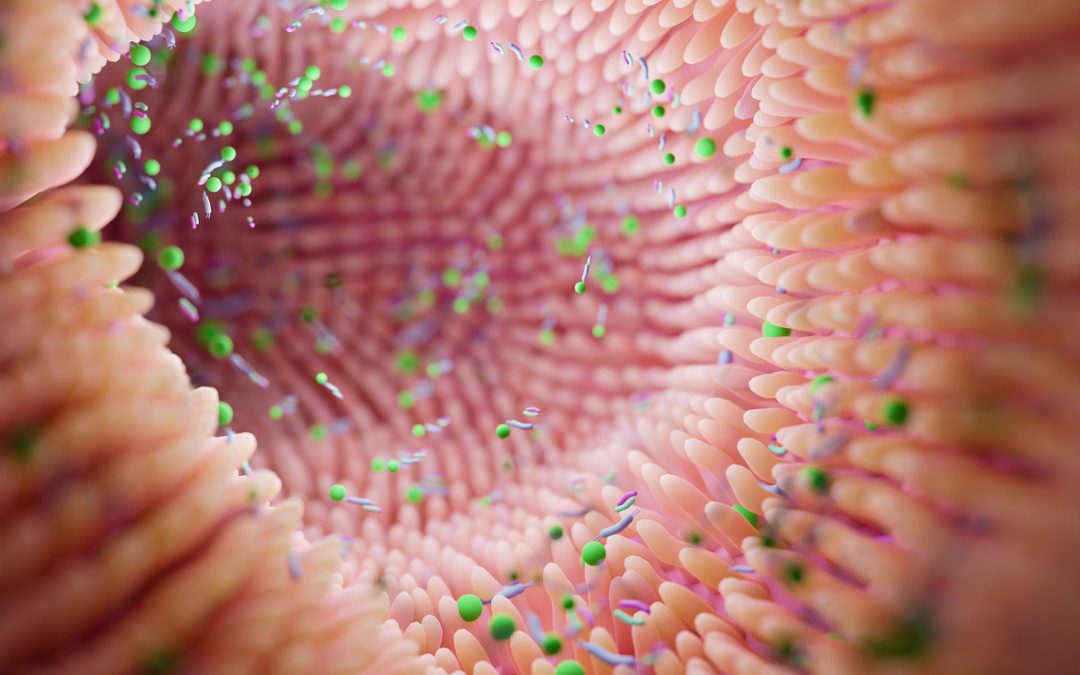By Mitali Mehta
In the intricate tapestry of human physiology, the gut microbiome emerges as a web of molecular strands, each thread contributing to the orchestration of our well-being. As researchers, our journey resembles that of meticulous cartographers, mapping the vast terrain of this microbial ecosystem to unveil its physiological complexities. As Dr. Justin Sonnenburg aptly puts it, ‘The gut microbiome is a hidden world with the power to shape our health in ways we are only beginning to fathom.’ Recent scientific studies offer profound insights into the dynamic interplay of the gut microbiota and human health.
Recent research, including a study by Sanders et. al. (2019) has unveiled how certain probiotic bacteria act as regulators, influencing the expression of genes in our intestinal cells. This orchestration showcases the nuanced control these microbial maestros have over our gut’s molecular symphony. Building on the gut-brain connection, a fascinating discovery by Dinan, T.G., & Cryan J.F. (2017) demonstrates that specific gut bacteria can produce compounds that influence brain function and behavior. This finding transforms our understanding of the gut microbiome, positioning it as a key player in shaping our mood and mental well-being.
Sender et al.’s 2016 study unveils fascinating revelations about the complex world of bacteria within the human body, focusing particularly on the gut microbiome. The research underscores the colon as a bustling hub, hosting the overwhelming majority of bacteria – a staggering estimate of approximately 1014 bacteria in this vital region alone. By juxtaposing bacterial concentrations across various organs, the study vividly portrays the colon’s central role in sculpting the landscape of gut physiology. This sheds a captivating light on the richness and diversity of bacteria within the colon, underscoring its paramount importance in shaping the overall framework of the gut microbiome. The tools at our disposal for research, propelled by technological leaps, have become indispensable in deciphering this microbial code. Utilizing cutting-edge techniques such as high-throughput sequencing, metagenomics, and metabolomics represents a significant scientific advancement, providing us with unprecedented precision in unraveling the interactions among microorganisms. The groundbreaking study by Qin et al. (2010) exemplifies the effectiveness of these methodologies. High-throughput sequencing acts as a powerful tool, enabling the comprehensive analysis of genetic material at an accelerated pace. Metagenomics delves into the collective genomic content of microbial communities, uncovering a level of complexity that was previously concealed. Metabolomics, on the other hand, explores the complete set of small molecules (metabolites) within a biological sample, offering insights into the dynamic metabolic processes at play. Together, these approaches help revolutionize our understanding of the gut microbiome, revealing hidden intricacies that were once beyond the reach of traditional investigative methods. As our research narrative progresses, we immerse in the captivating exploration of the gut-brain connection; a discovery that sheds light on the profound impact of microbiome on human cognition. Cryan and Dinan’s (2012) exploration of the gut-brain axis serves as a beacon, elucidating the interactions at molecular level that influence mental health and cognitive function. This transformative insight elevates the gut microbiome from a mere digestive collaborator to a central character in the scientific exploration of human physiology.
To illustrate the profound implications of gut microbiome research, one must turn to real-world parallels. Much like diligent researchers analyzing data, we meticulously scrutinize microbial patterns that govern our well-being. The twisted connections we uncover — linking diet, lifestyle, and microbial composition are the equivalent of solving complex experimental results, revealing the nuances of physiological responses to microbial influences. Beyond the extensive discoveries, recent studies have uncovered some delightful and unexpected aspects of our microbial companions. For instance, researchers have found that gut bacteria can produce certain vitamins, acting as our tiny nutrient factories (LeBlanc et al., 2013). Some gut microbes, highlighted by (Koh et al., 2016)., not only avidly consume dietary fiber but also produce short-chain fatty acids (SCFAs), thereby contributing to both gut health and overall well-being. Beyond their pivotal role in maintaining gut health, SCFAs hold significant physiological importance by serving as an energy source for colonic cells and exhibiting anti-inflammatory effects. This multifaceted contribution underscores the intricate involvement of gut bacteria in promoting digestive wellness, physiological balance, and immune regulation.
In the ongoing narrative of unraveling the gut code, each research finding stands as a pivotal discovery. The once enigmatic microbial landscape gradually unveils its secrets, portraying the subtle interactions of bacteria within our bodies. Fueled by advancing technology and relentless curiosity, the gut microbiome metamorphoses from an unexplored scientific territory into an enthralling plot of discovery. Each research paper seamlessly integrates itself as a new chapter, contributing to our understanding of the profound influence exerted by the microbial symphony on human physiology. Now, as we navigate this microbial landscape, what new chapters will emerge in the ever-evolving story of our gut’s undiscovered wonders?

